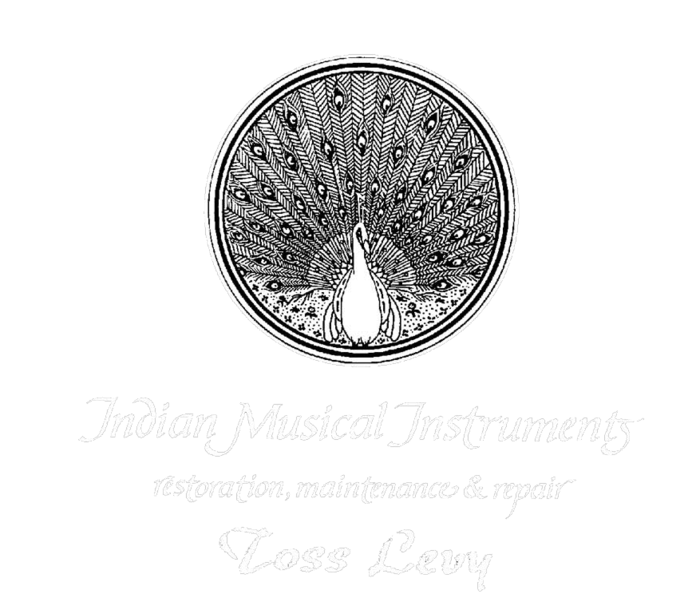Ohm, Nada, Sadhana, the essence of sound 2
The sadhana of the musician is very much like the sadhana of the yogi, who concentrates on the mystical mantra OHM, which, according to the Nadabindu Upanishad, enables one to hear subtle sounds. The mantra OHM is the primordial vibration—the vibration of heaven and earth. Sufi Inayat Khan explains that ancient singers would first experience the effects of their spiritual practices upon themselves. They would sing a single note (the tonic) for about half an hour, carefully observing its effect on the different energy centres of their body—how it stimulated the life-current, how it awakened intuitive faculties, how it created enthusiasm, increased energy, and how it soothed and healed. For them, this was not merely a theory; it was a direct experience. As a musical exercise, this practice sharpens the ear and purifies the voice.
The best time to practise Mandra-Sadhana is early in the morning. One begins by carefully tuning a well-maintained tanpura as precisely as possible. After listening to it for a short while, the practitioner sings the low tonic in a long, sustained breath, projected from the stomach (navel), with the mouth open. One can sing the syllable OHM, Sa (the name of the tonic note), or simply "Aah"—all of which help create a full, open resonance throughout the body. Feel it, listen, and focus on the tonic. The tanpura provides a constant reference, guiding the voice to find and stabilise the tonic. As the breath begins to fade, slowly allow the sound to dissolve into silence between the eyebrows. In the beginning, one's voice may be croaky or weak, but with time and practice, it will become pure and open. This process is repeated again and again. Time often flies by, and before one realises, half an hour—or even an hour—has passed. It is a simple meditation with profound results. By practising this meditation and concentrating on the low tonic, the tanpura, with its profound simplicity (when correctly tuned and played), can help reveal the fundamental vibrational frequencies that form an essential part of universal existence.
Vibration, as a creative force, becomes more perceptible through the practice of this meditation. One begins to realise that sound itself is a direct path to the universal life force. Philosophically, the Sanskrit term "Nada", meaning sound, is regarded as the creative force behind all of creation. According to the tantric texts of Bhartrhari (570–650 AD):
"Nada, being the essence of the alphabet, the words, sentences, and language, life itself turns around language; therefore, all manifestations are based on Nada."
This concept also finds agreement in the Bible, as seen in the Gospel according to John, where the Word is described as the creative force itself:
"In the beginning was the Word. The Word was God, and the Word was one."

